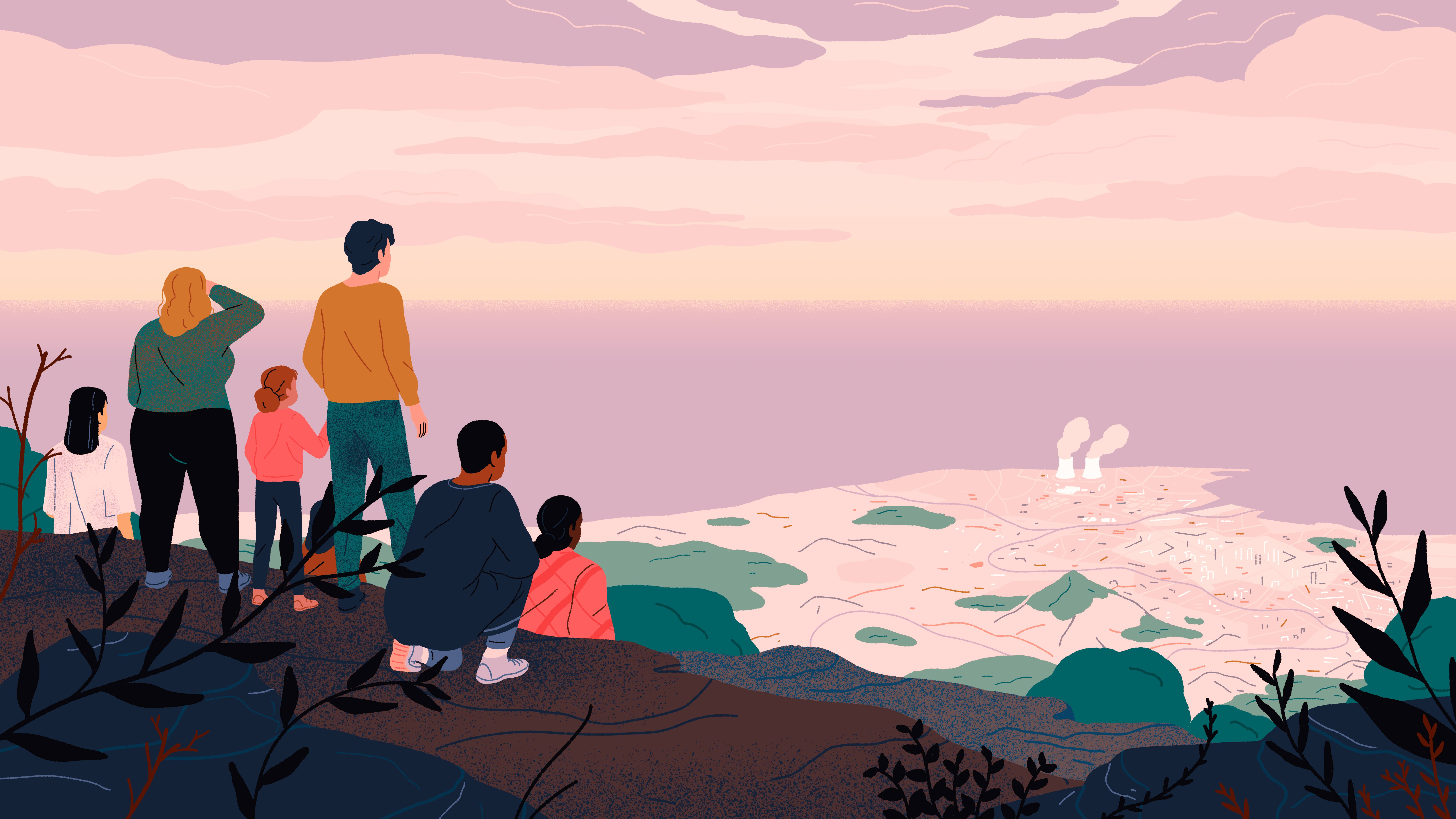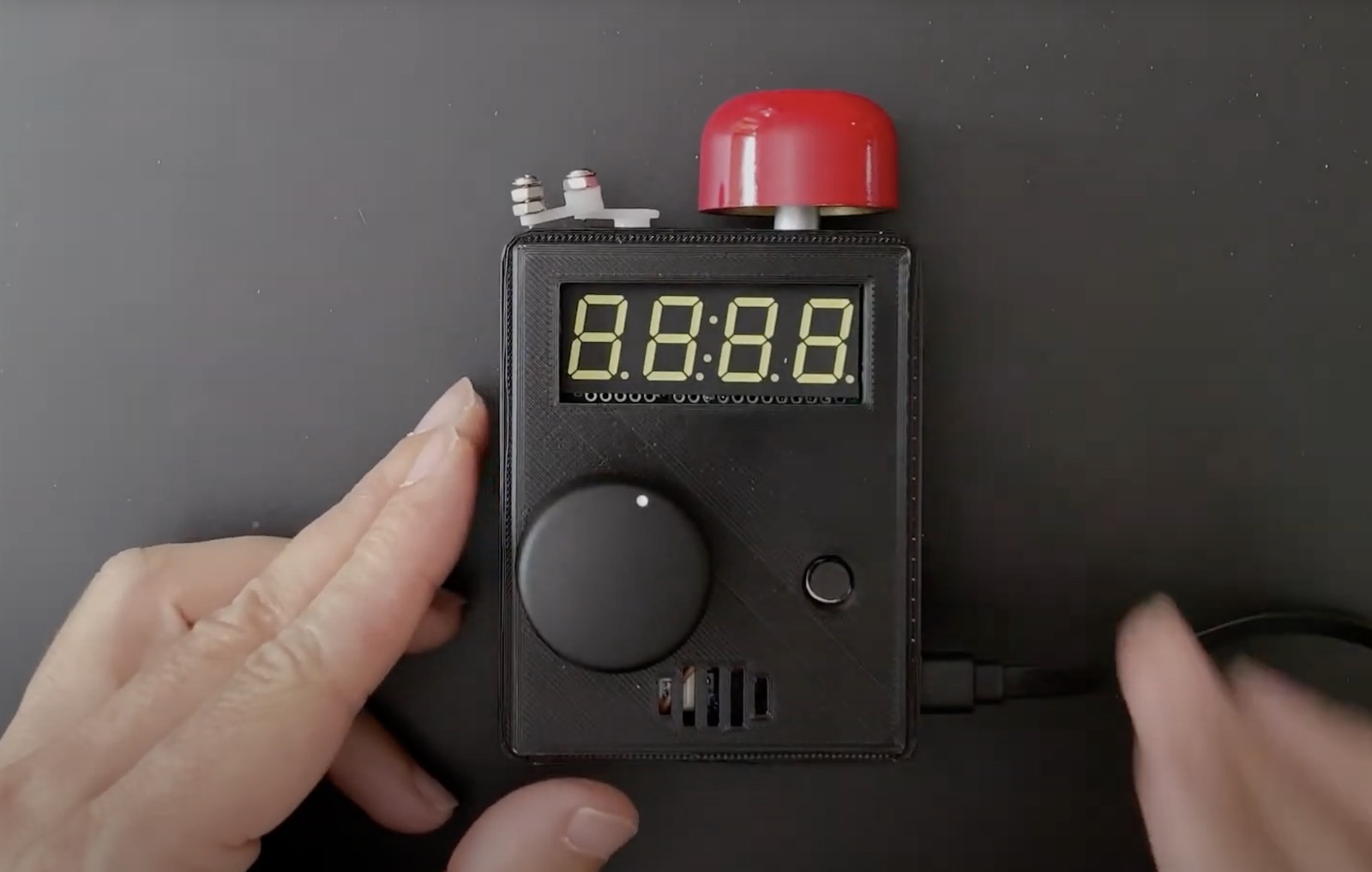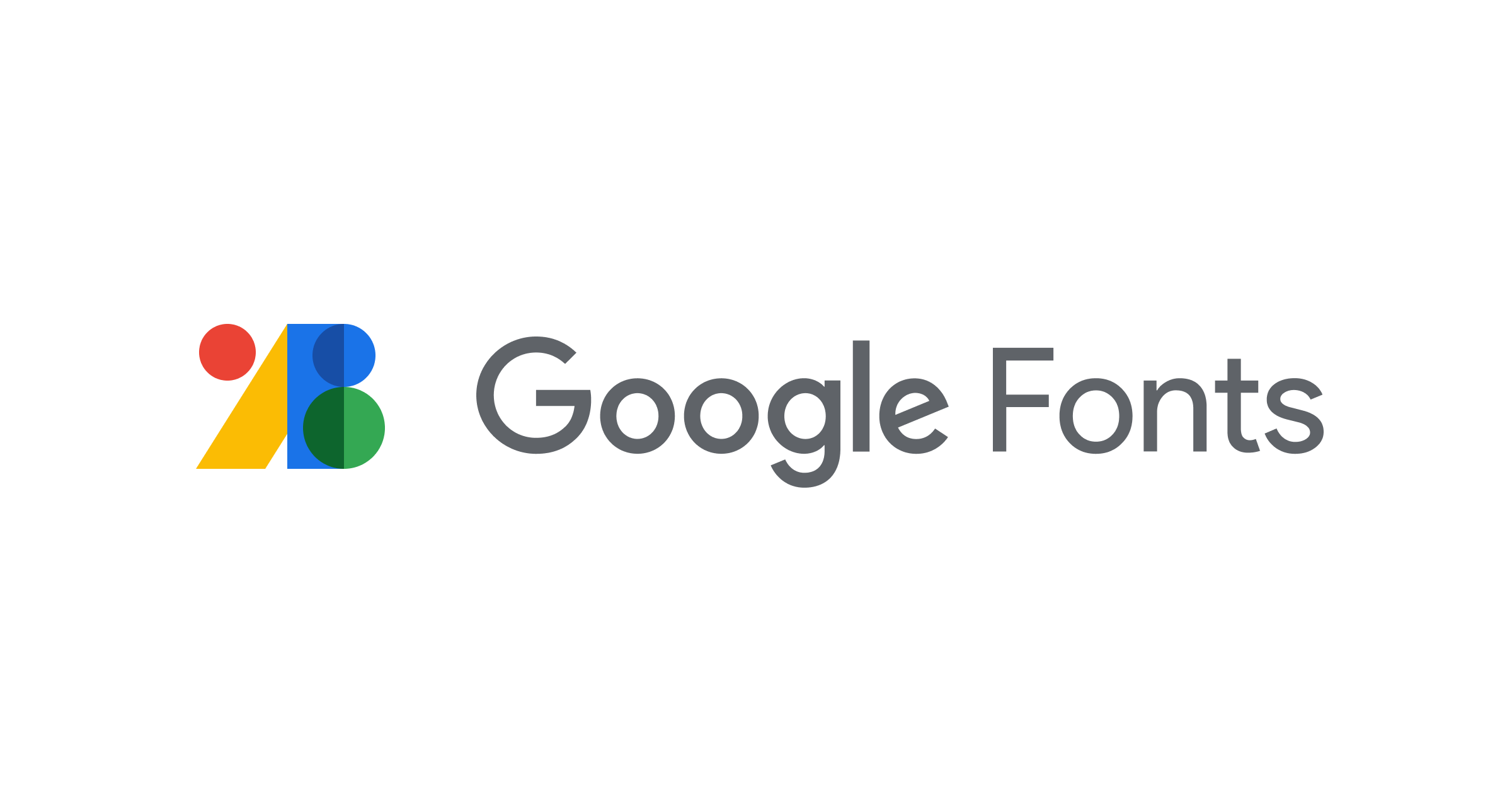Tenday Notes 21 Apr - 30 Apr 2022

Every ten days or so, I share a quick digest of what I've been working on and reading. Here's the latest. More in the series here.
Who had April 2022 on their bingo card as the month I left social media? If so, you're a winner. I've been barely present on Facebook for the best part of five years now, and pretty much off Instagram for two. That just leaves Twitter - which I've now also decided to take some time off from.
Why am I quitting? Well, I'm not so wild about Musk's plans to turn the site into a barely-moderated snakepit. Fifteen years ago, I too would probably have described myself as a champion of "free speech". But I've learnt a lot about creating and running online communities in the time since, and the world has changed a lot, and it's now very clear to me that creating a pleasant environment for people to hang out online means strong and active content moderation. Techdirt has a lengthy read that exposes how little Musk understands this.

I know Musk's takeover won't happen until later this year (if it happens at all) but I've been wanting a break for a little while anyway, so I'm gonna take a month or so off and see how I'm feeling after that. If you're getting this newsletter, then you're already in the right place to stay in touch in the interim, and you can always reach me by just hitting reply on any of these messages.
With a large amount of Googling and copy/pasting other people's code (as well as leaning heavily on the rapidcsv library), I've been able to get a fully functional first version of the Loud Numbers VCV Rack data sonification module complete!
You can load a CSV file, select a column, and then it'll output a stream of control voltages in different flavours - pitch (1v/oct), gate, and two modulation sources: 0 to 10V and -5V to +5V. It works great, unless you throw a totally invalid CSV file at it in which case the whole platform crashes. It'll be in the VCV Rack library soon, but if you want a test build to play with then hit reply and I'll sort you out with one.
I generally enjoy coding, but I have to be honest - I've not had much fun writing the C++ to make this module. Perhaps it's because I'm spoilt by modern languages, perhaps it's because the VCV Rack docs are pretty arcane. But I keep getting tripped up by basic things that seem to take much more work than they should. For example, In Javascript it's trivial to print an array of numbers to the console - console.log(array). In Lua it's nearly as easy - tab.print(array). But in C++, Googling "how to print a vector" (an array in C++ is called a vector) gives me pages with five different solutions, most of which have 15 lines of code (one solution has almost 40). It's mad.

I do want to resolve that crash bug noted above, trying to get the script to fail a little more gracefully. But that'll be in a version 1.1. For now, I'm calling version 1.0 complete - if only to meet my goal of getting it done by the end of April!
As mentioned in a previous set of notes, I've also spent some time over the last ten days or so diving into Webflow to redesign the Loud Numbers website. First impressions on that are kinda mixed - it's nice to have a modern UI and drag-and-drop interface for web design, and it runs like a dream in a browser window.

But I was expecting a more streamlined interface, like Figma, rather than the "show every possibility at once" approach that the Webflow developers have taken. I'm sure I'll get the hang of it and work out which bits are actually useful and which bits I can ignore over time. But it's not a great experience for someone coming to it fresh.
The design for the site is coming along nicely (in Figma so far). We've got pages for our commercial work, the podcast, our community efforts, an FAQ, and a contact page. The official Loud Numbers colours have been tweaked slightly to deepen the blue, lighten the cream, and desaturate both - allowing the coral to "pop" a little more.
Next step is to get some solid feedback from people I trust on the design and content, and then see if I can wrestle it into shape in Webflow.
The Financial Times has developed a web game that lets you pick policies to try to avoid climate catastrophe. It's a nice bit of work - full of both real and ineffective solutions proposed by politicans, which you're challenged to tell apart.

As the Guardian's Alex Hern points out, it's somewhat ideological - the FT's worldview is a very particular one, and some solutions are rated higher or lower than you might expect because of that (the fondness for hydrogen surprised me). Nevertheless, give it a go - it only takes about five minutes to play through - and let me know how you do.
Want to stop saying "uhh" when you speak? Me too. This cute little device, powered by machine learning, will ring a bell every time you say "uhh" - making you more aware of your utterances. There's also a web app. Uhh... fun!

Google's made a nifty new black-and-white Emoji font - and it's a variable font too, meaning you can choose what weight you want (i.e. how thick the lines are). Pretty useful for adding iconography to your work without needing to fuss around with finding the exact right set that all go with each other.

Finally, speaking of fonts, I'll leave you with this:
Occlusion Grotesque is an experimental typeface that is carved into the bark of a tree. As the tree grows, it deforms the letters and outputs new design variations, that are captured annually. The project explores what it means to design with nature and on nature's terms.

See you in ten days.
- Duncan







